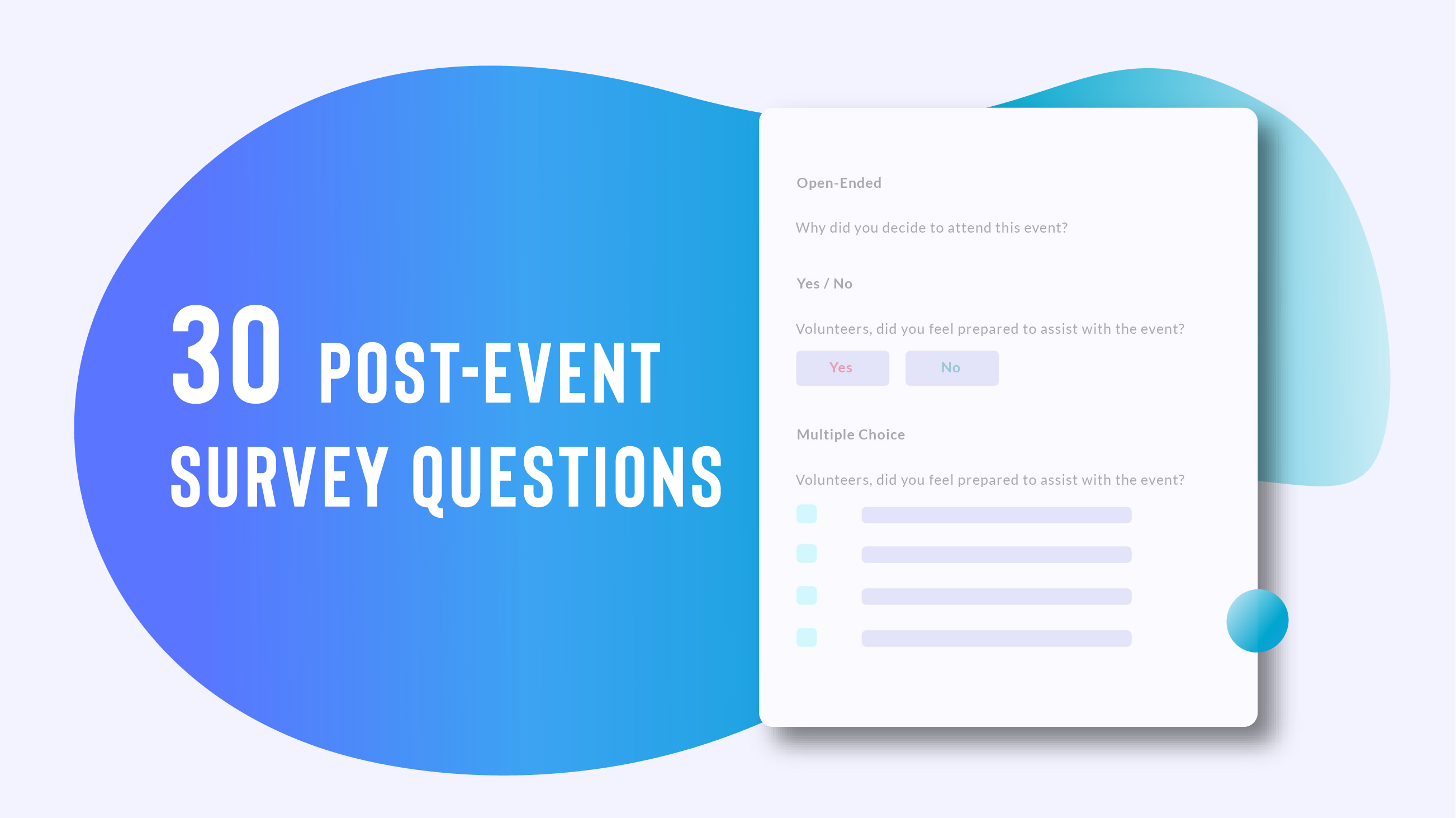Apple might be the flavour of the world’s smartphone pie but in India the tech giant is facing competition from unexpected quarters. An operating system named Indus OS has quietly made inroads into India’s smartphone market, which is dominated by Google-owned Android, and has already beaten Apple to become the second most popular mobile platform in the country.
In just three years after its launch, the regional languages based operating system has captured a substantial 5.1% of the smartphone market share in India. In comparison, Apple’s iOS has 3% of the market while the Windows operating system has just 1%-2%, according to CounterPoint Research.
An untapped market
Not just this, Indus OS is dominating an untapped market that bigger players have failed to capture or even recognise as a real opportunity – the non-English speaking rural customer who doesn’t have much money to spend on a smartphone.
At a time when smartphone sales are slowing down globally, especially for Apple, the Indian market continues to grow at a rapid pace. However, manufacturers still sell only as much in India in a year as they do in China in three months.
This is partly because the average selling price of smartphones in India is $132 – half of that in China – implying that the demand for new devices is coming from not-so-rich consumers who want to experience a smartphone for the first time.
This is where Rakesh Deshmukh, the CEO and founder of Indus OS, saw a big opportunity. In 2013, he decided to build a new operating system from scratch that could support local Indian languages with minimum fuss and could still remain easy to use for first-time users. He soon introduced a phone running the first version of the Indus OS, which had native support for the Gujarati language.
After selling 5,000 units and receiving positive feedback, Deshmukh began the task of bringing in more languages on the operating system and started building an application ecosystem alongside. This, he said, was the crucial step in making sure that people actually used his operating system.
“Windows 10 doesn’t work as an operating system because it doesn’t have as much content in the form of apps as Android does,” Deshmukh said. “We didn’t want that. We built our own app store and assisted major app developers to work with us on bringing these apps in local languages.”
Make in India for India
His efforts bore fruit. In its current form, Indus OS comes bundled with a store called App Bazaar which lists 30,000 apps, most of which are accessible in two or more local languages. Some of the popular names on the app store include Skype, SnapDeal, Truecaller, Subway Surfers and Cricbuzz.
Deshmukh said that the App Bazaar was a win-win for app developers as availability in local languages improved the app’s visibility and got it a new market of users.
“There are thousands of downloads on the app store for most popular apps,” he said. “A developer only needs to work on their existing app to make it compatible with local languages. We have a team which assists them with it and now many companies want to publish their apps with us.”
Indus OS is technically an operating system developed with Android’s base, which means that it is compatible with all Android apps and comes with the same capabilities as any other Android phones in the market – except that it has a different avatar. It is designed to help first-time users so it has big, bold icons as opposed to Android’s icon-packed interface, which can be confusing to many.
Deshmukh claimed that the operating system was active on more than four million devices already and another five lakh were added each month.
Deshmukh’s company distributes Indus OS through direct partnerships with phone makers. For instance, the IndusOS comes pre-loaded as the default operating system in as many as 35 phones manufactured by Indian phone company Micromax.
“This covers about 70% of Micromax’s entire portfolio of products,” Deshmukh said. “We are looking at adding two or three manufacturers to the mix in upcoming months and reach even more people.”
Market leader jumps in
While Indus OS is in the lead for now, the regional language market is luring even the biggest players in the market to improve their own products. Last year, Google announced that it would provide support for 11 Indian languages on its Android platform and pushed developers to start publishing apps for other languages on its app store.
Last November, the Google Hindi keyboard was also renamed Indic Keyboard as it added functionality for typing in 10 Indian languages. This also ties in with multiple app makers attempting to publish apps that cater solely to regional markets – Gujarati, Marathi, Bengali, Tamil and Urdu are the popular choices.
Last year, Apple also added support for Hindi and Hinglish to its mobile platform iOS, as well as for several dialects including Awadhi, Maithili and Santali.
But, this doesn’t worry Deshmukh too much. He argues that apps are different from an ecosystem and thus a multi-language keyboard on Google’s app store will not be able to solve the problem as efficiently as his platform.
“The user has to know enough English to get through his phone, have an email address in English and needs to know how to set it as a default keyboard even if he knows that there’s a Hindi keyboard available in the app store,” he said. “If someone can do all this on their own, they probably don’t require that Hindi keyboard as badly as someone using Indus OS would.”
[Source: Scrool]




